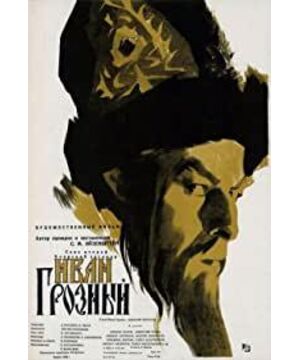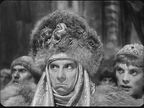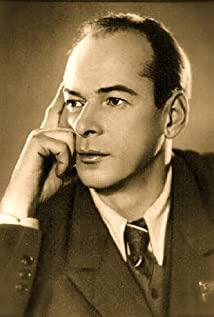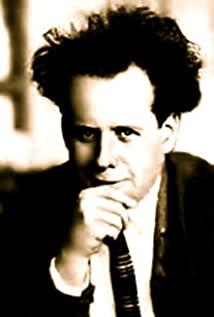Eisenstein, Sergey's masterpiece at the end of his life was originally a political assignment from S. Da,. Lin.
S. Da,.. Lin wanted him to make a political missionary film that reflected the brutality of the Tsar, but with the deepening of Ai's study and the relocation of the studio to Almaty in 1942, he had time to do deep reflection.
E finally made this film into a film with multiple tasks such as autobiographical nature, biography of leaders and explanation of Russian history, which was unexpected by Sri Lanka and Lin. The West also regards this work as an analytical sample to describe totalitarianism. ?
There are two core words in this film: boyar and oprichniki, the former is a privileged nobleman in the Tsarist era, some people say that it is the Duma; the latter can be translated as the special army, which is a spy armed.
Let's focus on the latter first. They wear black hats, wear black clothes, and ride black horses. They specialize in investigating possible rebellions. They can execute, banish, and execute suspects (especially against nobles) without trial. It belongs to a kind of imperial guard group that defends the royal family, similar to China's East Factory and West Factory. Such a spy cavalry initially consisted of only 1,000 people, and then gradually expanded to 6,000. The special army, under the command of Ivan IV, bloodily suppressed the "rebellion" in Novgorod and wiped out all the boyars. At ordinary times, they oppressed the good, disturbed the people, and created unjust prisons, which also achieved the name of "terror" of Ivan IV. The entire two "Ivan the Terrible" can be simply summarized as the process from relying heavily on boyar to relying on oprichniki, establishing a terrifying special rule. Centralization can be used to eliminate dissidents, resulting in unprecedented efficiency. Russia has gained unprecedented strength and vast territory, while many boyars, and even relatives around the tsar, have been brutally suppressed. This contradiction occurred in the 16th century and there was no essential difference between the times of S. Da and Lin. Tsars and "tsars" are necessary evils. Eisenstein gave the film a psychological depth that went far beyond the simplistic and stereotypical tyrant image that S. Da,. Lin had in mind. Sergey inserted a piece of Ivan's childhood at the beginning of the second part, saying that the boyars poisoned his mother and swayed the government, and the young Ivan ordered their arrest. This was the psychological paradigm that would later become the psychological paradigm for all of Ivan's behavior. Lost since childhood, his heart is full of loneliness, and he longs for the security that power brings to him, and he does not hesitate to sacrifice the people closest to him. Sergey, Joseph and Ivan all have similar psychotypes.
For Sergey, there is no people's artist in the world, only the tsar's minions.
View more about Ivan the Terrible, Part I reviews











